For students wanting to get a jump on earning college credit, dual enrollment is an attractive option.
Dual enrollment allows students to earn college credit, usually through a community college. Students need to pass with a C or higher, and they get accustomed to the workload, collaborate with other college students, and learn to manage their time better.
The system is divided into two parts: one for high school credits and the other for college credits. Students are able to take any course as long as it’s directed to their college credits, this includes taking English, math, science, language, psychology, or any course that can relate to their future career.
On the other hand, when it relates to high school credits, the courses are more limited. The required semester classes such as health, Ethnic, government, and economics, have to be taken at Alisal.
If it were to be taken through dual enrollment, then these positions would not be available for teachers to teach. Similarly, trying to take A-G courses at Hartnell is impossible because you’ll still be required to take those classes at school.
Fortunately, for the second year of PE and the two years of art credits, it’s possible to get them done through dual enrollment and still count towards high school credits. This is due to decisions made with the Superintendent and the Assistant Superintendent.
Alisal is lucky enough to have two dual enrollment courses offered on our campus: English 1A/1B and Math 24 & 25.
Dr. Ana Gutierrez, a College and Career Readiness intervention specialist, teaches the English 1A/1B course. With a Master’s in English, Dr. Gutierrez is one of a few teachers here who can teach (a dual enrollment teacher must have a Master’s in the subject area).
Going strong for 7 years, she teaches English 1A for the first semester and English 1B for second semester. “Students first learn about critical reading, writing, and researching,” Gutierrez said. “We work on building a lot of skills that are going to be necessary to write a research paper. Then, those skills have to be able to transfer to all other disciplines.”
As students move on to English 1B, they focus on different aspects but using the same skills. “It’s literature that’s representative of a lot of time periods, cultures, and genres. We do a lot of comparison with themes, historical context, social context, etc. We try to connect what they’re really interested in to their research paper. For example, [students] interested in psychology can take a psychoanalytic approach to interpreting and writing about literature,” she added.
Although this course can be challenging for her students, Dr. Gutierrez ensures that she provides that support when it comes to understanding her assignments. “…we have a routine where students do the initial reading at home and on Monday, I’ll give a lecture on whatever the reading covered and we’ll do activities to practice the skills or to review the content,” Gutierrez said. Throughout the years, when her class reaches English 1B, she notices that her students are capable of leading these discussions on their own with the constant reading, writing, and researching skills they have developed in English 1A.
The course itself is a lot to handle but many students chose to take this course not only because of the college and high school credit they gain, but because as seniors, they are introduced to what to expect on a daily basis at a university. “I think students really like the automatic credit that comes with the course…but also learning how to do research, learn MLA, formatting library databases, finding credible sources…,” Gutierrez said.
For senior Alexa Marquez, her journey in this course has been quite challenging but she has been able to manage it by dedicating time to it. “Homework doesn’t take up all of your time but you do need to spend time on it because we write a lot of essays. You do have a lot of time to write your essays and the teacher helps a lot,” Marquez said. Students are required to write 3 essays and one research paper for each semester. “When it comes to essays, you have specific weeks dedicated to writing essays in class,” she added. Since this course is offered here on Alisal campus, Marquez finds it more convenient because it’s already here at school and gets more support from Dr. Gutierrez.
There’s a huge amount of interest every year, but the college course can only hold approximately 30 students. Dr. Gutierrez is honored to teach this course but her full time job here at Alisal is dedicated to being a College and Career intervention specialist. She highly recommends students to take it at Hartnell.
Students who don’t get into 1A/1B can still earn college credit by taking AP English Lit. Another option students follow is taking AP English Literature with Mendez. He has been teaching this class for 20 years and offers students a lot of support in the school year such as class time and tutorials after school.
Mendez understands why students prefer to take English 1A/1B. “I believe most of the time it is for the college credit that is guaranteed, they want that structured curriculum that will give them insights to see if they are college ready or want a challenge,” he said.
Yet, he gives a similar challenge to his students in which they have to do homework over the summer, read novels for the AP curriculum, write an MLA paper, short stories, and poetry. However, the challenges faced can vary by students. “Since there is a range of students in my AP classes, the class is structured so all students are successful including those that my class is the first AP class they have ever taken,” Mendez added.
The other dual enrollment class, which was just added this year, is Math 24 & 25 and it’s being taught for the first time by Pedro Ramirez, who also has a Master’s degree. “…a lot of the material has been already learned in Math 3 and so it’s basically a recap of college credit here,” Ramirez said.
This course can be used in place of Math Analysis by the concepts of logarithms, rational functions, trigonometry, and more. The difference is that you’ll obviously gain college credit with a C or better, but it also means that the workload can be more. “It might be a little fast paced, but you get a little bit stronger in your math foundation and it helps you prepare for what’s going to come in college,” Ramirez said.
There were around 60 students interested in this course. “Due to schedule conflicts, I was only able to take about half of them but I would be open to help out with the dual enrollment accessibility,” Ramirez said.
Having taken Math 3+, senior Andrew Sotelo finds this course manageable. “It’s just precalculus, trigonometry, it’s pretty easy especially because I learned a lot of it in Math 3+,” he said. “In my opinion, homework is more of a busy work which I could do on my own time. Most of the homework that Mr. Ramirez gives out is extra practice to understand the topics and prepare for his tests, which count the most towards our grades.”
Students in the AVID program are also introduced to taking dual enrollment. “I always encourage my students to take dual enrollment courses, especially if they are not able to get a spot in the few sections that we offer at AHS,” AVID coordinator Diana Huerta said.
She feels it not only helps students with college credit but it’s a great way to explore and find their main interests prior to applying to universities.
Another win for taking college courses is that many courses are UC/CSU transferable which means that those courses will be counted as a completed UC/CSU class because it was taken through Dual Enrollment. “…this might mean that they can graduate faster which would enable them to pick up another major or a minor or just graduate in less time and incurred less debt if they have to pay out of pocket,” Huerta said.
Junior Isabel Munoz-Gutierrez is currently taking Sports Psychology to earn her second year of PE credits. “I decided to take this course because I needed my PE credits. The class itself is easy because my professor assigns 1 or 2 assignments per week,” Munoz said. The assignments are watching the lecture video, taking notes, answering questions about the lesson, and sometimes do discussions with other classmates in which students post a comment and other students have to leave a comment as well. “I find this course accessible because it’s online and I can do the homework at my own time before its due date,” Munoz added. The course focuses on helping athletes develop a stronger and healthier relationship with themselves and their mindset.
If students decide to take their courses at Hartnell, they have to go through the following steps in order to apply and get started with the courses.
It starts off by creating an account through OpenCCC then completing an application. Once submitted, you’ll receive a confirmation email and later on an email with your student ID.
Having your ID ready, you’ll be able to set up a DUO account in which you’ll have access to other Hartnell resources. “There is a Concurrent Enrollment form that counselors sign off on…[we] have a conversation with that student whether this class is for high school or college credit…then there’s a schedule of time that’s open for students to go back to their college portal and register for the class,” counselor Edith Nava said.
With the courses we have offered here on campus, the process is different. The students need to talk with their counselors if they are interested in one of the courses in order to be put on the list of those who want to take that course.
Depending on the periods available, the class can only hold limited students in one class. It’s important to remember that there can be lots of students interested in one course which leads to counselors having to use other resources to know who ends up earning a spot in that class. “We start looking at the prerequisites… appropriate GPA, grades, [and] teacher recommendations, to make sure that students placed in that class will have the skills they need for the class,” Nava said.
Currently, the summer semester at Hartnell is open. If you’re interested in taking any course or want to learn more about the application process, meet with your counselors and ask questions to understand what courses are beneficial to both your high school and college credits.

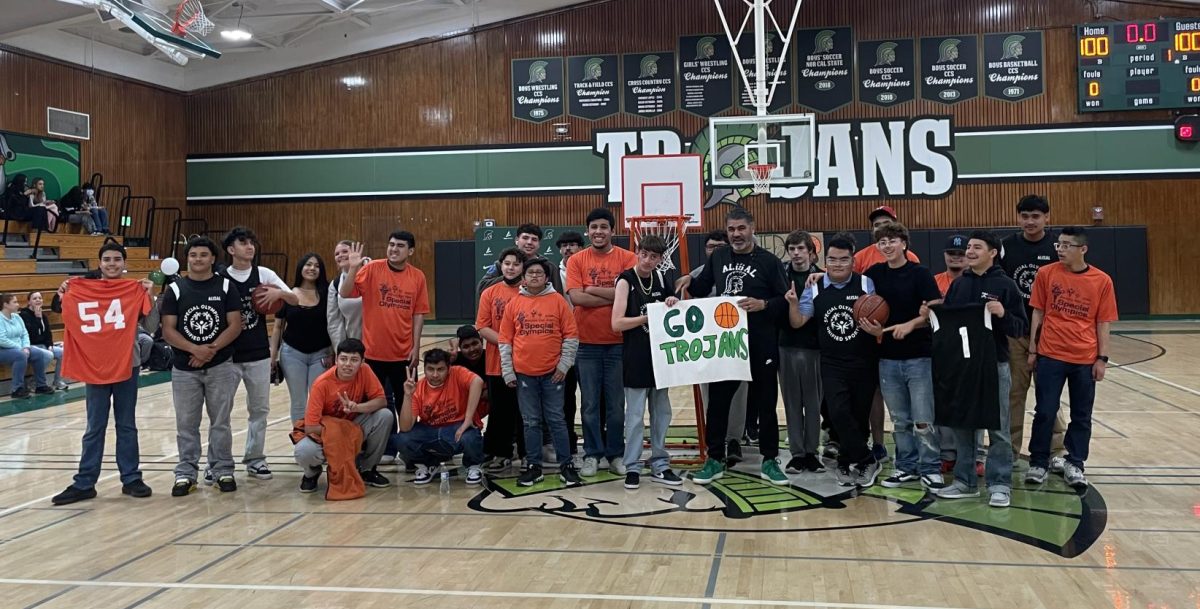
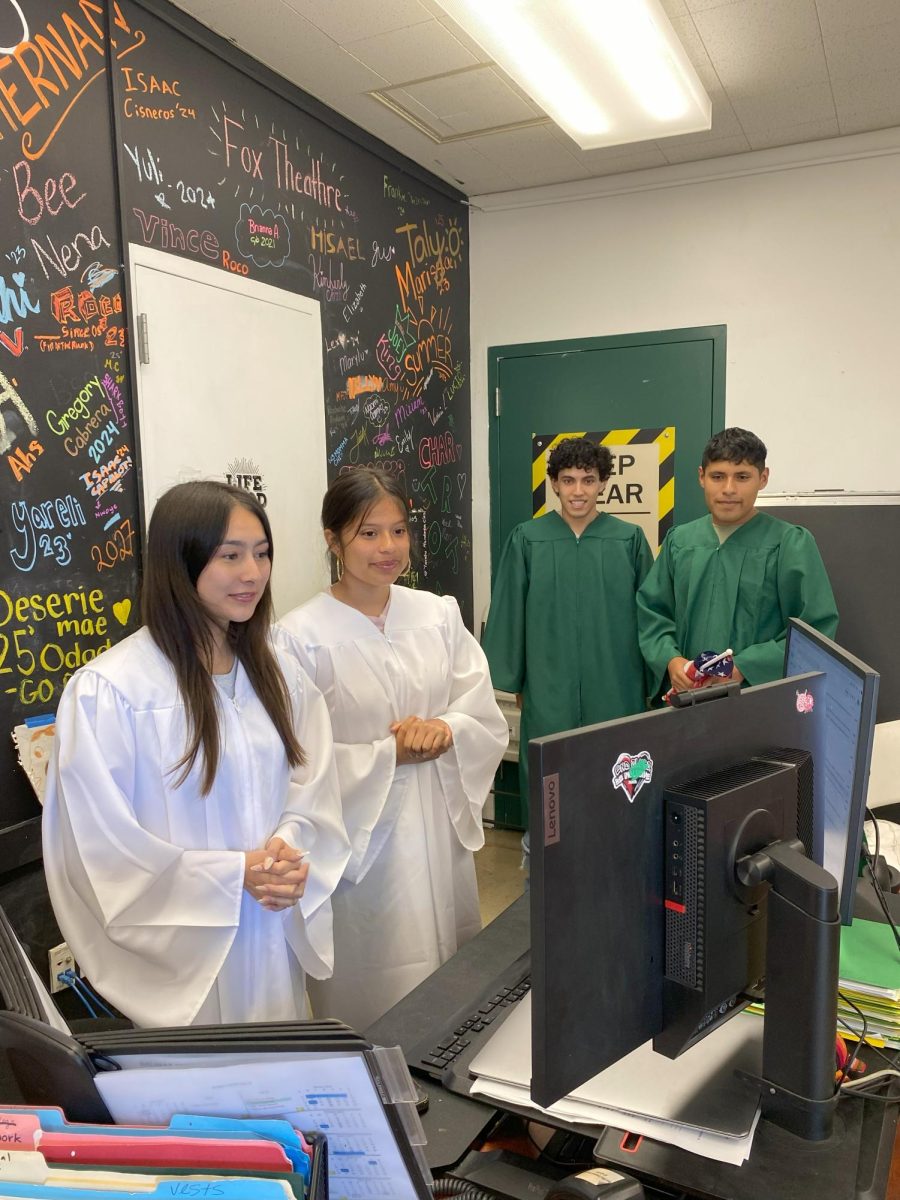

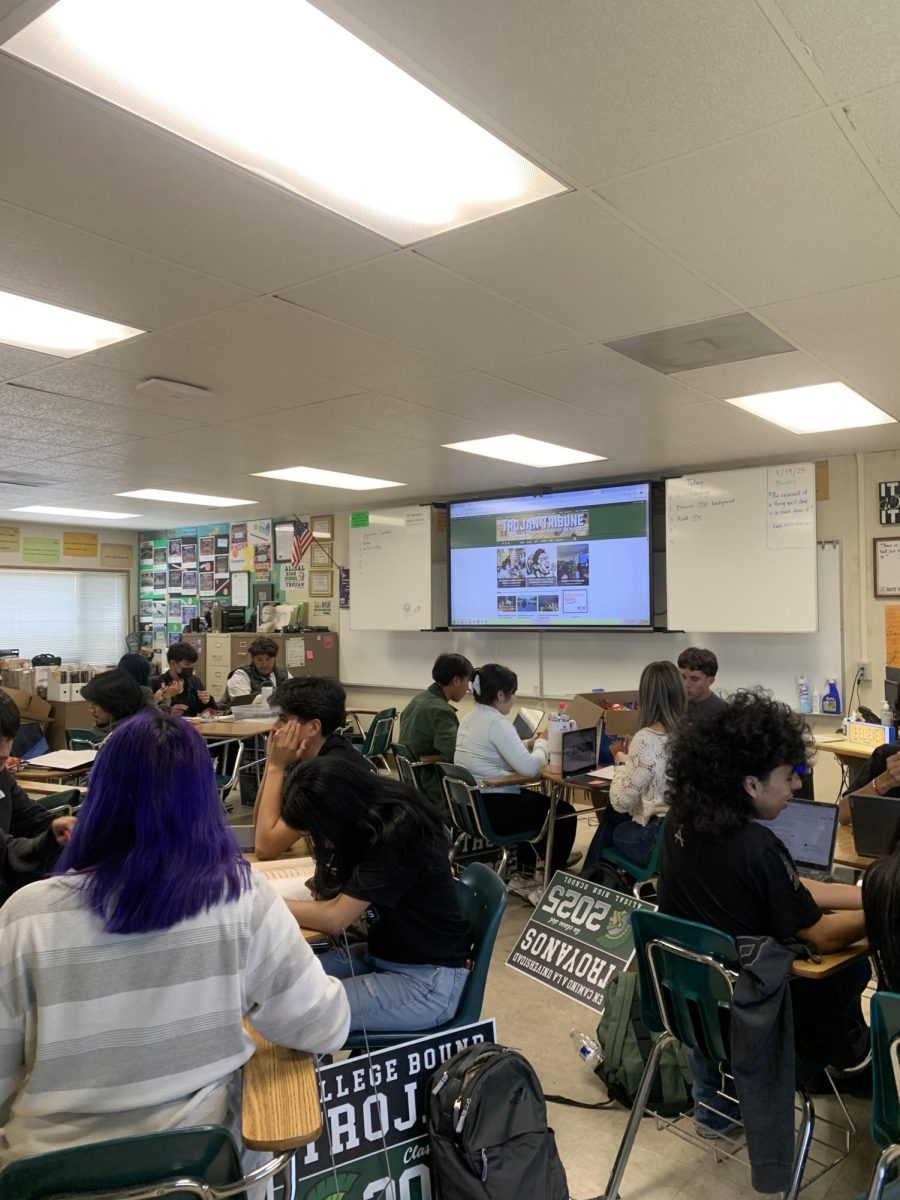

![Senior Jayden Duarte dives across the goal line for one of his five touchdowns in a dominant 62-40 victory over Monterey. It has been a highly successful season for Duarte, and he credits his coaches for putting him in positions to succeed and make key plays. “The goal is to help wherever the coaches need me, receiver, running back, [and] DB,” he said.](https://alisaltrojantribune.com/wp-content/uploads/2025/10/IMG_3599-2-1200x800.jpg)
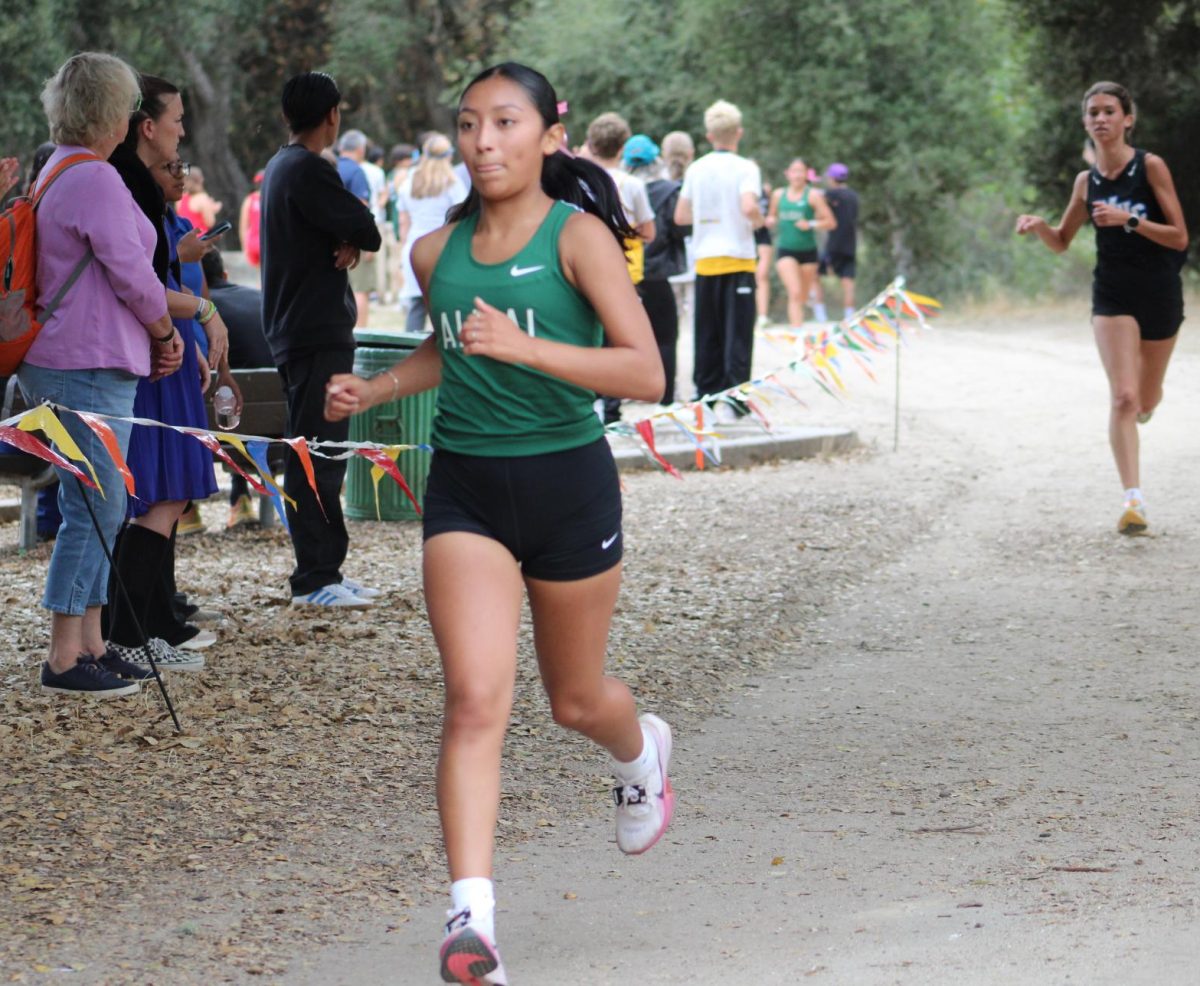
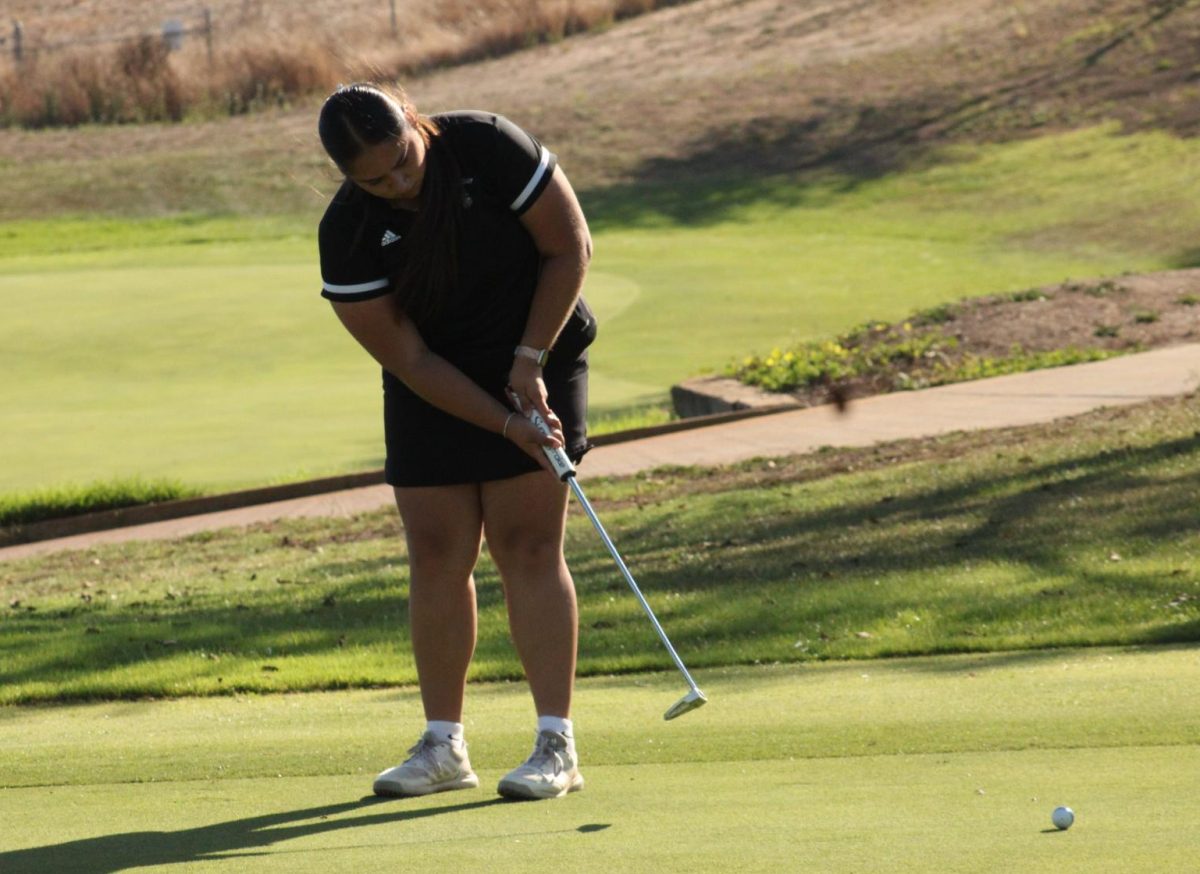

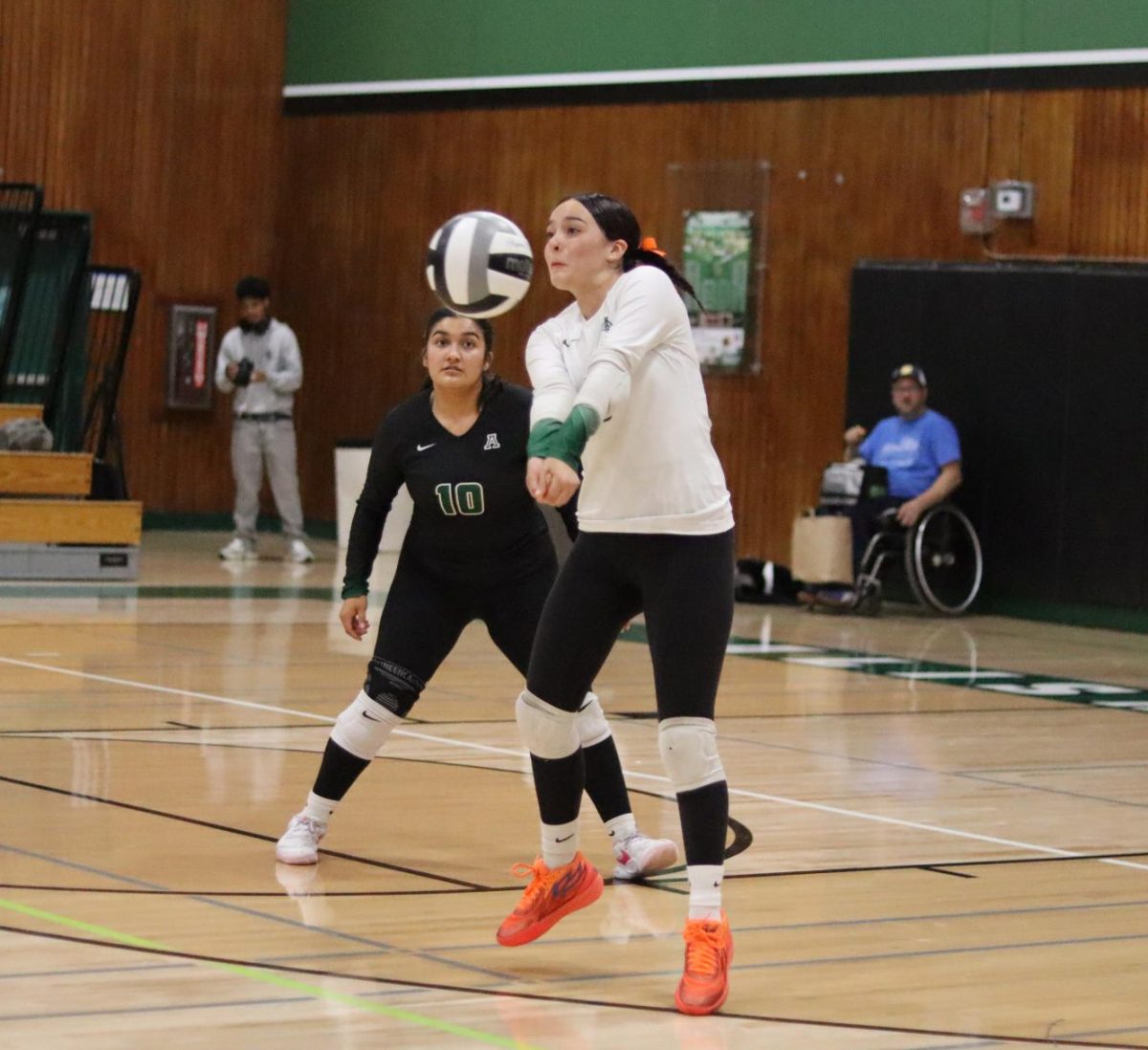







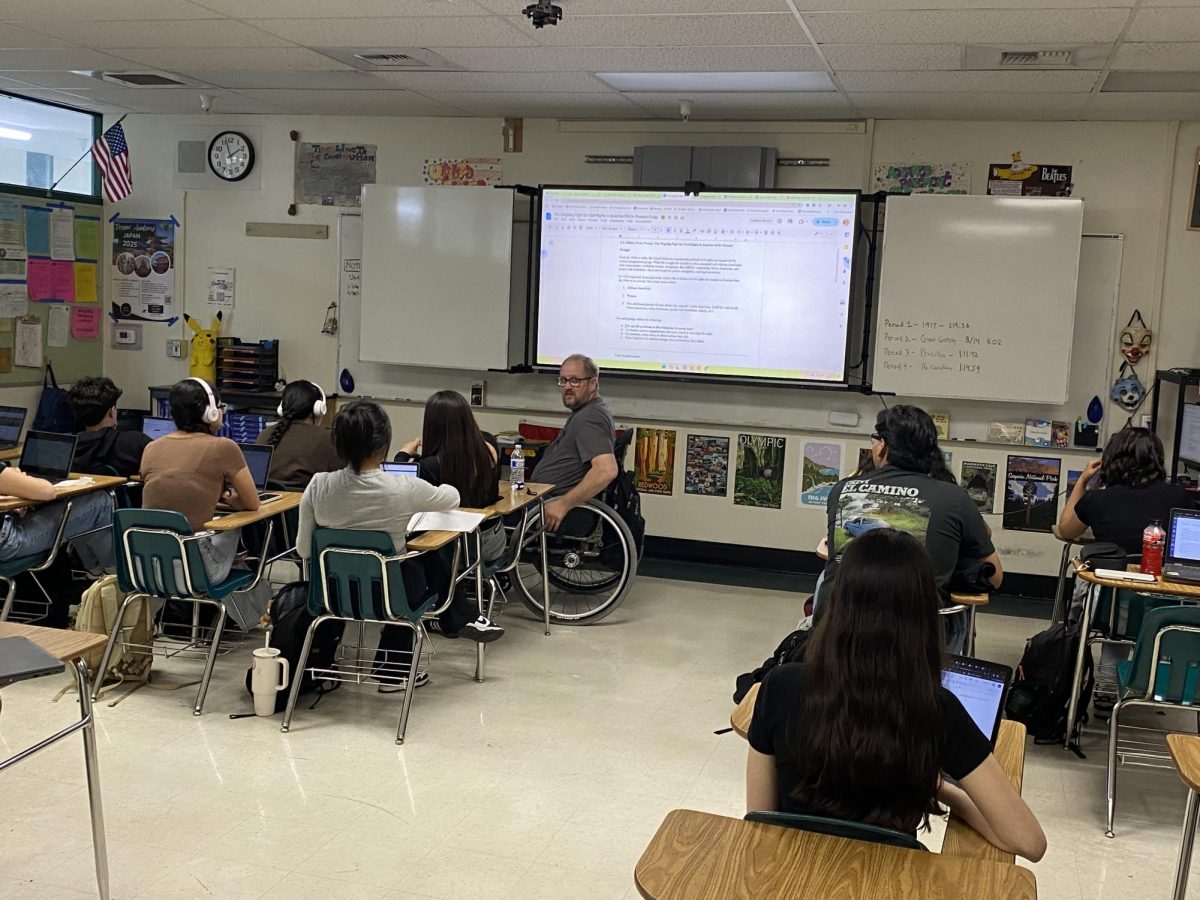
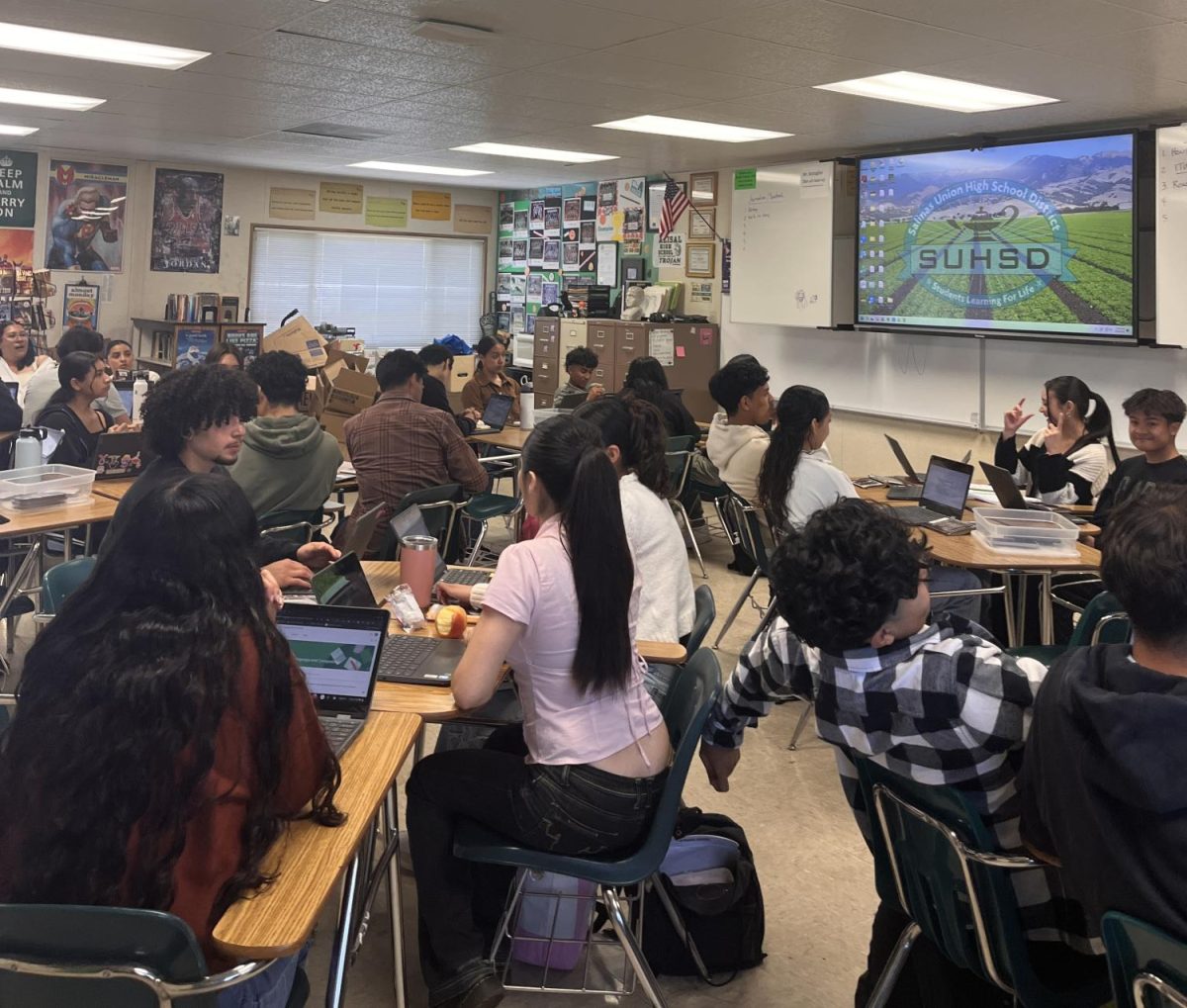
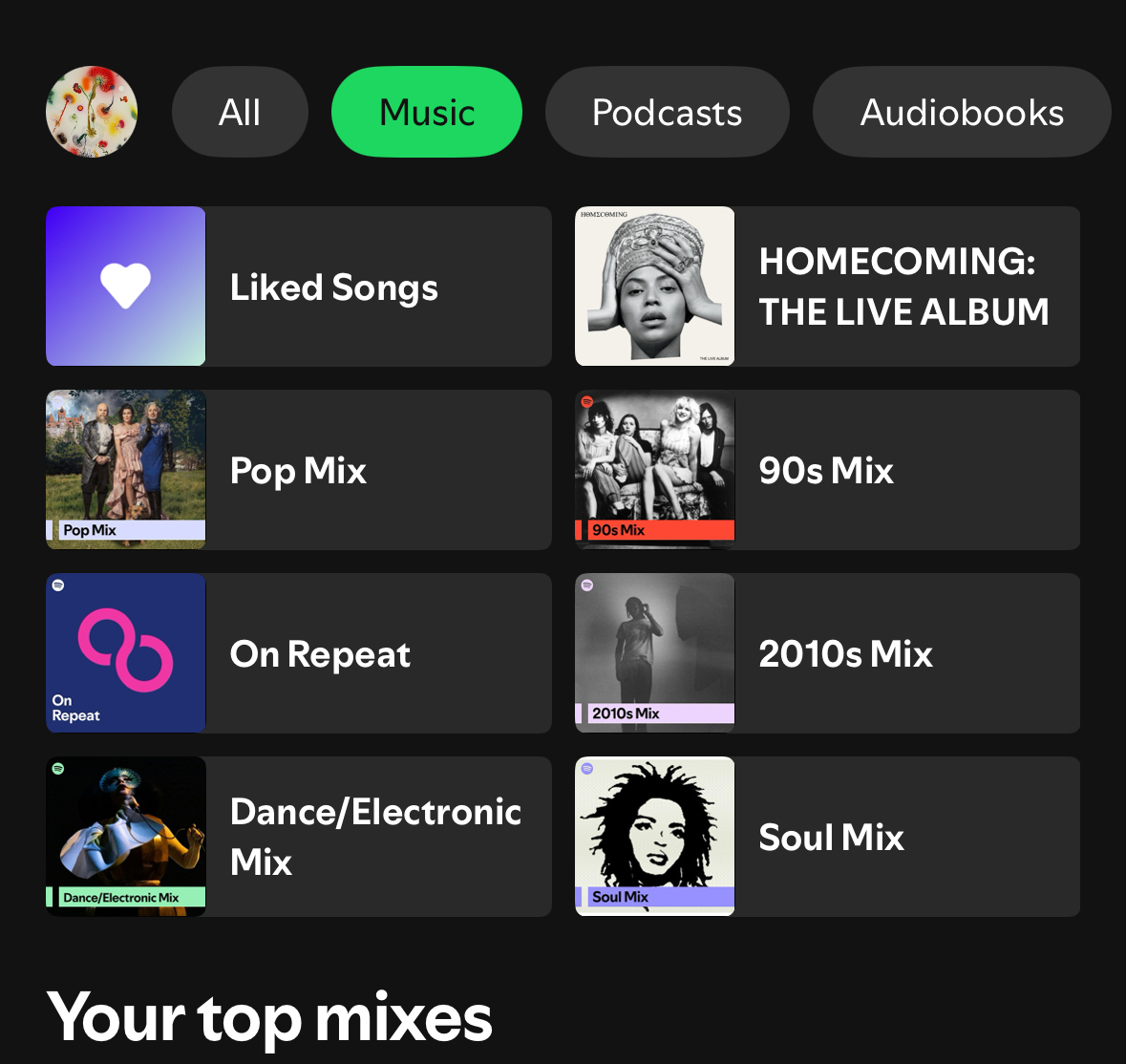


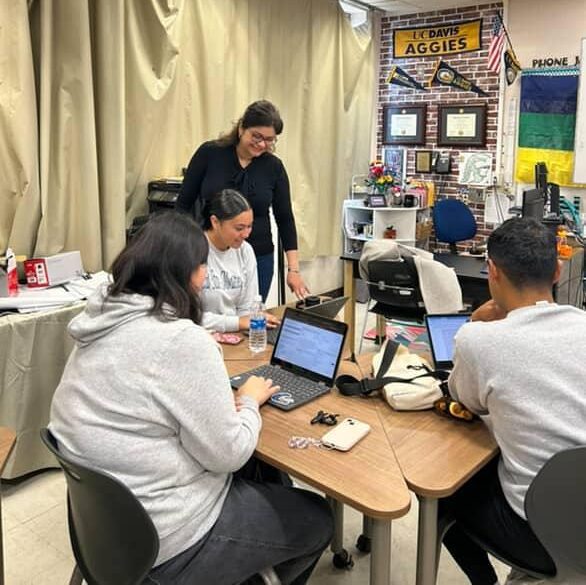
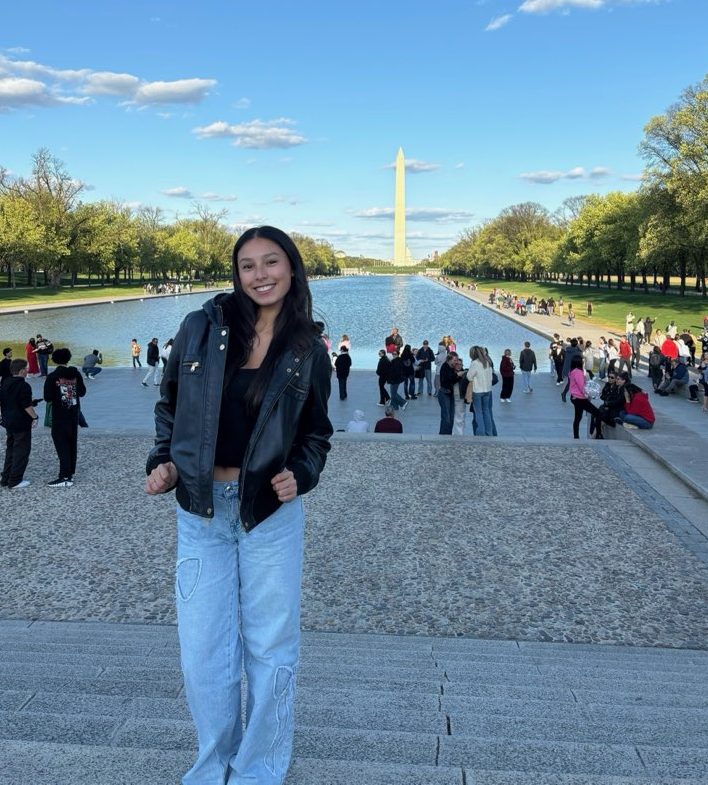
Diana M Huerta • May 16, 2025 at 3:19 pm
Wonderful Article!! Thank you for writing this.
Ada • May 18, 2025 at 7:35 pm
Thank you Ms. Huerta!!